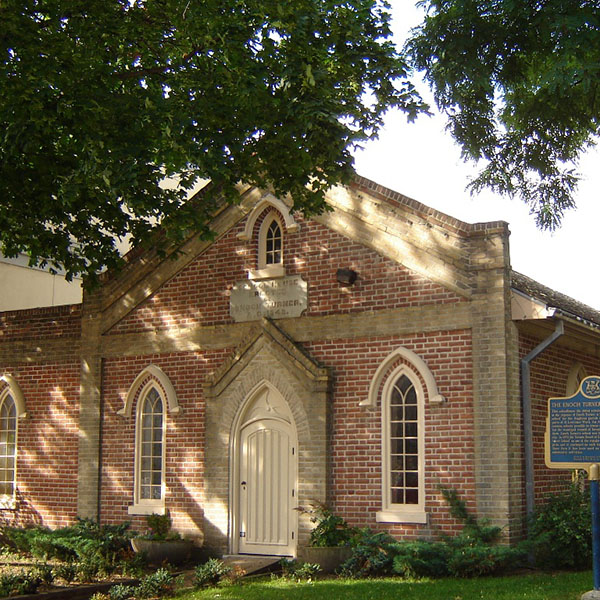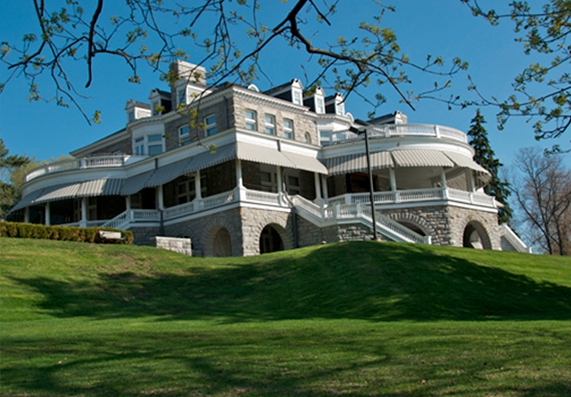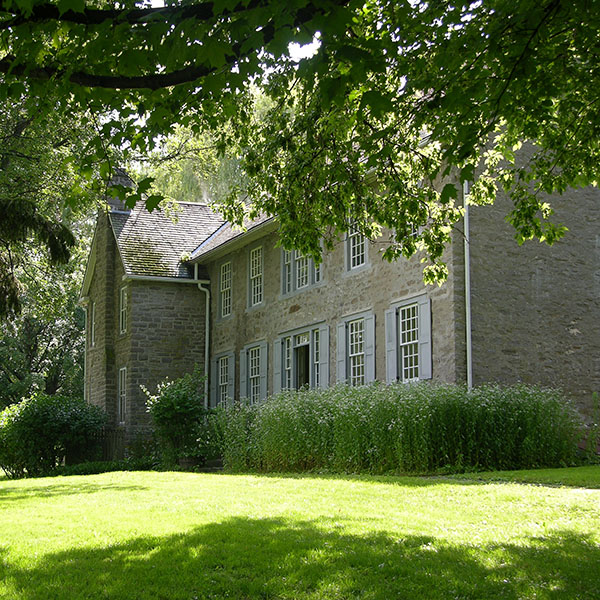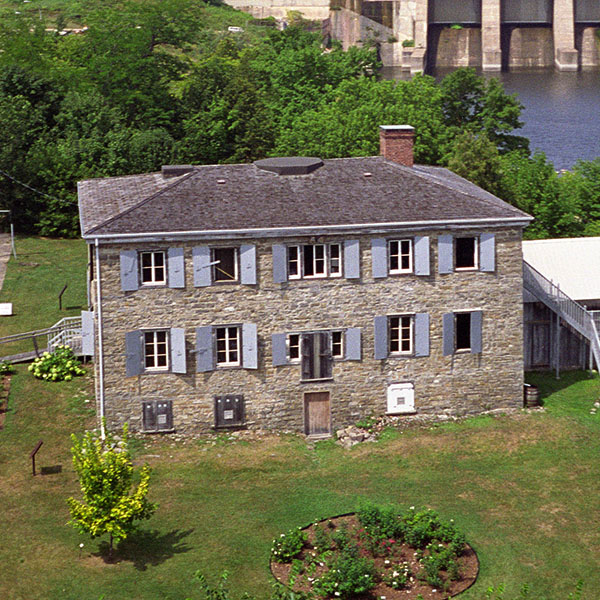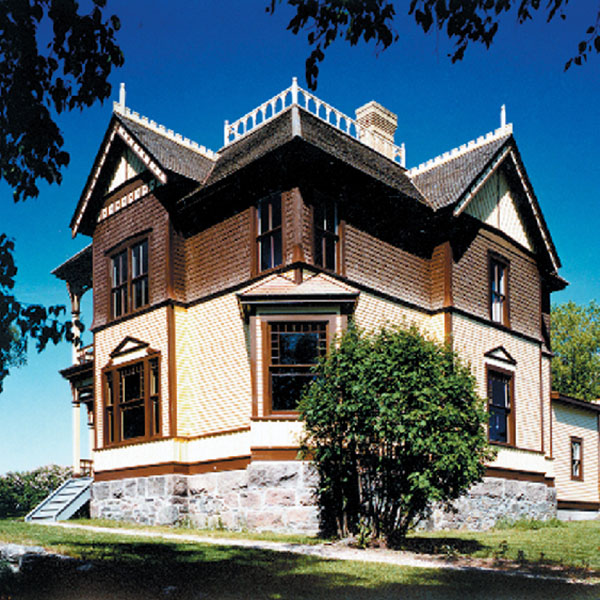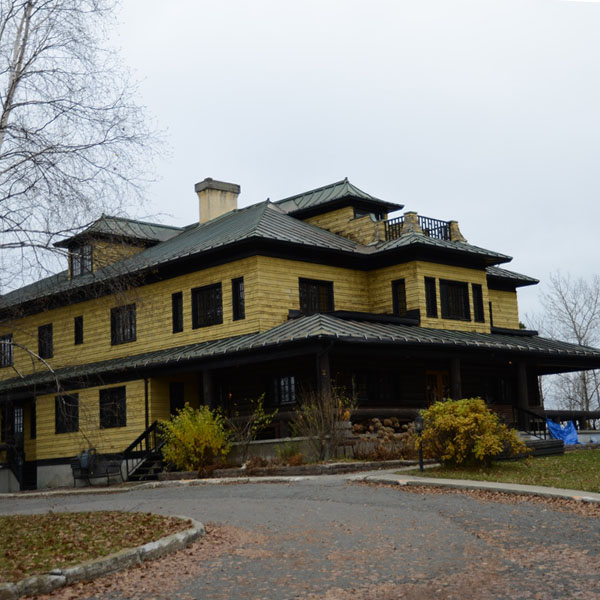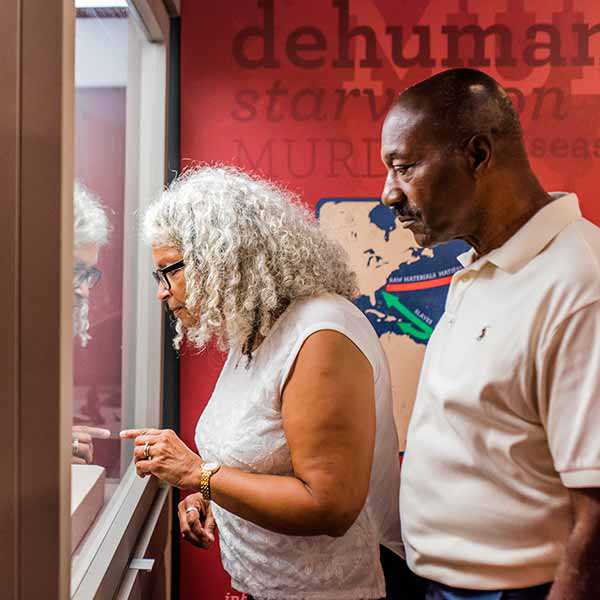Menu
Step through the doors of the Niagara Apothecary and see how pharmacists practised their profession over 100 years ago. Liquor by the barrel or the bottle (and even by the glass), flavourings, paints, dyes, leeches, tobacco and snuff – these were the stock-in-trade of a 19th-century pharmacy. You'll see rows of patent medicines, "miracle cure-alls" for everything from hair loss to tuberculosis. The only restorative ingredients in most patent remedies of the time were opiates and alcohol, so pharmacists were handy with a mortar and pestle to custom-make prescriptions.
The Niagara Apothecary opened its doors at this location in the late 1860s. It operated for over 100 years under a succession of six owners, closing in 1964. The Ontario Heritage Trust acquired the property, led its restoration and opened it as a museum in 1971.
The original interior fittings of the Apothecary, all in use until 1964, have been painstakingly restored. The hub of the Apothecary was the ornately carved dispensary, which dominates the rear of the museum. With the exception of certain proprietary drugs, even pills were made at the dispensary.
The Niagara Apothecary at the Sign of the Golden Mortar is an excellent example of high style, mid-Victorian commercial architecture. The Italianate façade with its arched glazed double doors and two arched plate glass show windows; and the interior, with its lustrous black walnut and butternut fixtures, elaborate plaster mouldings and crystal gasoliers projected an impression of 19th-century well-being and financial stability.
This National Historic Site is owned by the Ontario Heritage Trust and operates as a museum by the Ontario College of Pharmacists.
5 Queen Street
Niagara-on-the-Lake, Ontario
L0S 1J0
Telephone: 905-468-3845
Map
2023 hours
Starting May 14, the Apothecary will be open from noon to 6 p.m. daily until September 4. From September 4 to October 9, the site will be open weekends only before closing for the season (same hours).
Admissions
Admission is free; donations welcome



